10 Ways to Tell if a German Shepherd is Purebred or Mixed Breed

German Shepherd dogs are loved for their intelligence, loyalty, and distinctive appearance. But knowing if one is a purebred or mixed breed can be tricky. Purebreds show specific traits in appearance and behavior that set them apart. Here’s what to look for to spot a true German Shepherd.
Distinctive Head Shape in Pure Breeds

That classic, wolf-like head of a purebred is a clear giveaway! A purebred German Shepherd has a broad, wedge-shaped head with a strong, long muzzle and a slightly arched forehead. Mixed breeds, like those crossed with Labradors, might have rounder heads or shorter snouts, giving them a softer look.
Ear Shape Reveals Purity
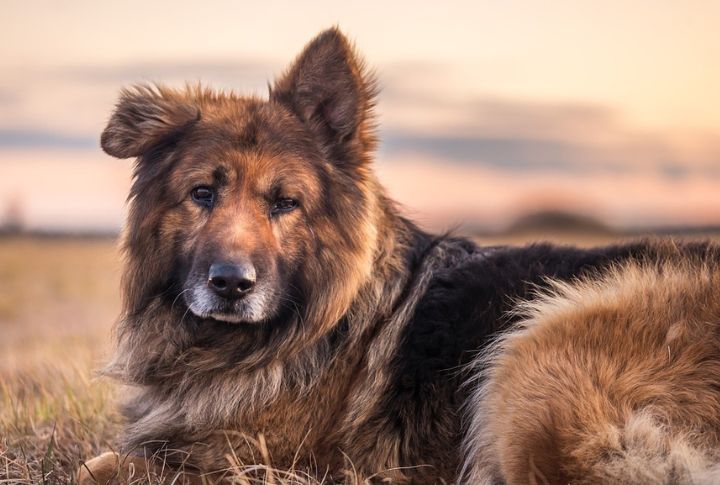
If you see a German Shepherd with floppy ears, it’s likely mixed with a breed like a Golden Retriever. Those ears might stand up occasionally, but they’re usually softer and won’t have the same “alert” look as purebreds—the latter have strong, upright ears that stand tall and point forward.
Purebred vs. Mixed Breed Coat Colors
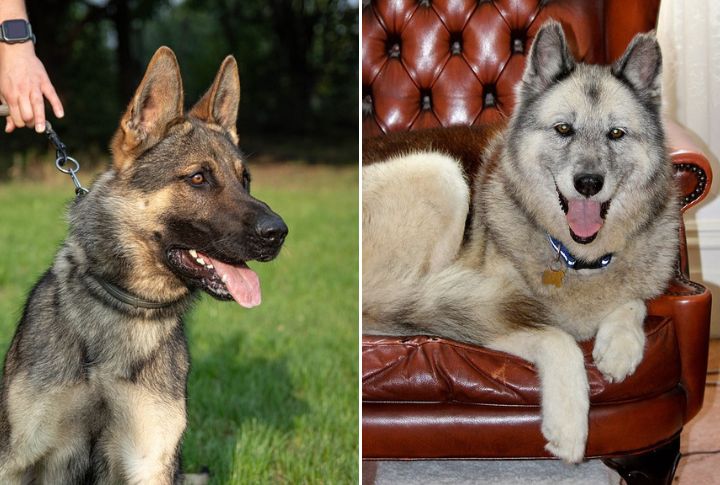
Standard colors for purebred German Shepherds include sable, black and tan, and solid black. In contrast, mixed breeds might display patches or shades outside these classic colors. Imagine a German Shepherd-Husky blend with a striking mix of black and gray—definitely a giveaway that it’s mixed!
The Telltale Tail of Pure Breeds
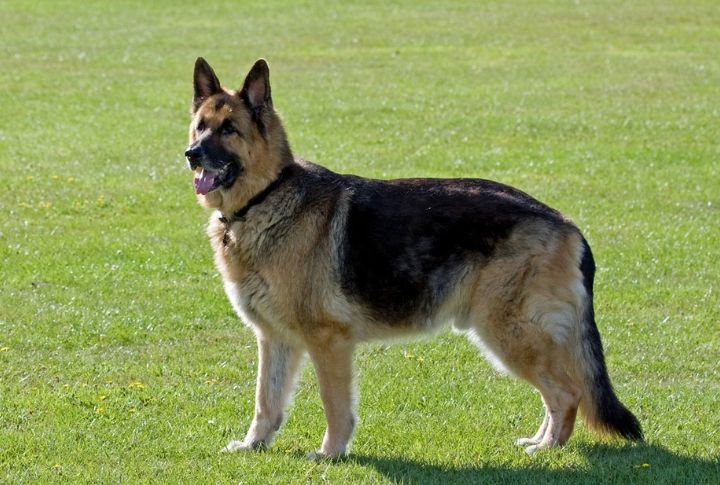
Look for that low-hanging, slightly curved tail; it’s a subtle yet reliable indicator! Purebreds have a thick, bushy tail that hangs low and curve slightly at the tip, especially when relaxed. In contrast, a short or straight tail often hints at a mix, possibly with a breed like the Boxer.
Typical Proportions of Pure German Shepherds

Adult purebred males are usually 24-26 inches tall, with females slightly shorter. Mixed breeds may vary—take a German Shepherd-Beagle mix, for example, which could be much shorter. Consistent size and build help tell if a dog is likely purebred, especially in adulthood.
Behavior Differences Between Pure and Mixed Breeds
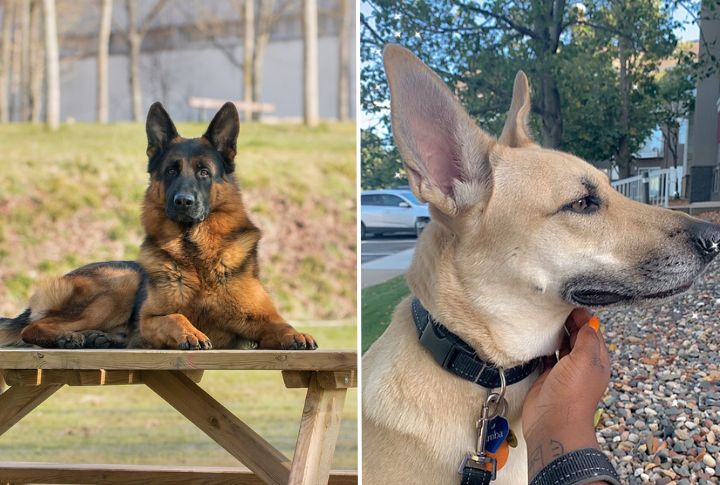
Behavioral clues can reveal a lot about their background. Purebred German Shepherds are known for their confidence, obedience, and protective nature. On the flip side, mixed breeds can exhibit a range of temperaments, often reflecting traits from multiple breeds, which makes their behavior less predictable.
Coat Texture Spotting a True German Shepherd

A true German Shepherd’s coat is thicker and rougher, especially in colder seasons when they “bulk up” their undercoat. A German Shepherd-Poodle mix might have a curlier or softer coat instead. In winter, the contrast in coat texture becomes a clear giveaway of their heritage.
How Pure Breeds Move Differently
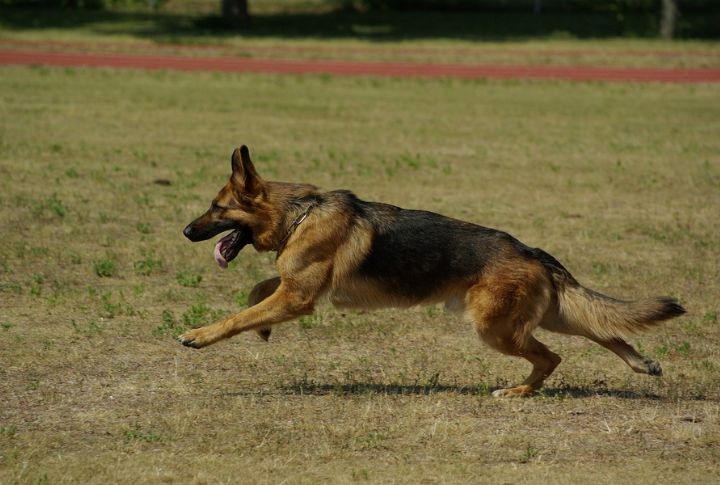
Purebreds have a smooth, gliding gait that highlights their agility. Mixed breeds, especially those with smaller, energetic dogs like Terriers, often have varied styles. These differences can suggest lineage, however, they aren’t absolute, as mixed-breed movements can vary widely based on genetics.
Understanding Body Structure

When it comes to body structure, mixed breeds shine with their variety, presenting unique leg lengths and torso shapes that create captivating appearances. In comparison, purebreds demonstrate athleticism through their strong, level backs and deep, powerful chests, showing both balance and strength.
Health Traits Unique to Pure German Shepherds
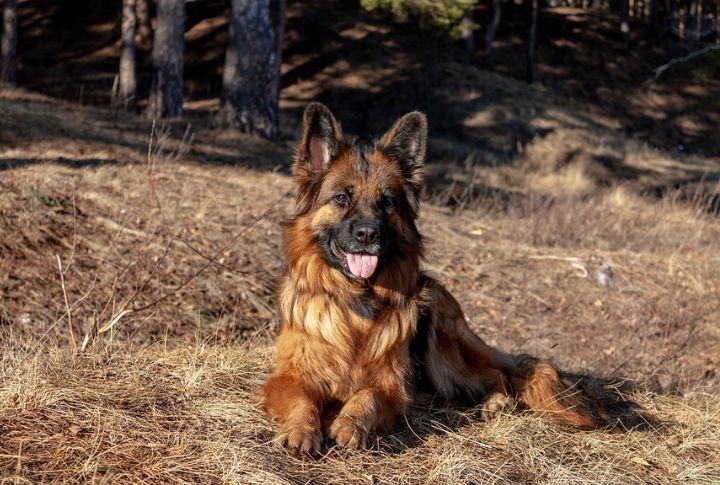
Purebred German Shepherds have specific genetic health traits, including hip dysplasia and degenerative myelopathy. Mixed breeds usually have fewer of these breed-specific health issues because of their genetic diversity. So, spotting common health conditions in a Shepherd may signal a purebred.





